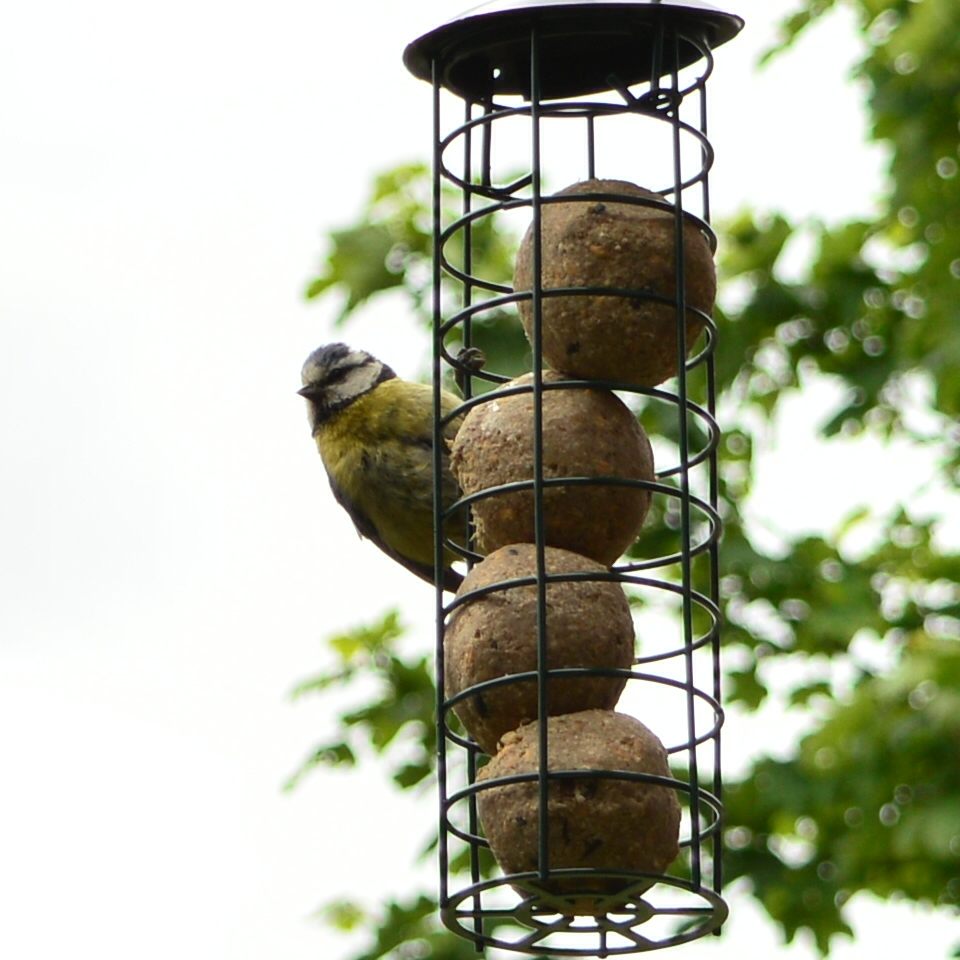from an amateur perspective I would say that birds are probably the hardest subject to shoot. The images of birds on this site, some of which are mind blowingly good have been taken by people (some above) that have both properly mastered their equipment, the concept of photography and lastly have the experience in shooting fast moving wildlife in all sorts of conditions, and not to mention the patience these guys must have to sit it out for the right shot.
My advice would be keep away from birds for a while until you master the camera and fully understand the relationship between shutter speed, aperture, ISO sensitivity, metering etc. Understand the effects of light and dark backgrounds and be able to set the camera up to deal with these situations. I'm not saying steer clear of birds completely, but the difficult conditions and potential wait for a shot will take too long and more than likely drive you mad.
Best thing you could do is to buy some basic literature to help you understand exposure and camera controls and take hundreds (more like thousands) of photo's. once you understand what you are doing right and wrong you should be in a position to start take photos of wildlife competently, understand the limits of your equipment and maybe invest in a longer and/or faster lens or upgrade your equipment (not that theres anything wrong with what you have)
What I've learned (the hard way) is that you cant just jump in with all the gear and take nice photo's. It takes patience and understanding, and the way I see it, learning with birds is the hard/long way to do it.
Another good way is to install Opanda Exif (I think that's the right program) which enables you to peek into the camera setting of photo's you see here and elsewhere (if the photographer has left them embedded). Flickr is also good where the settings are listed for you.
Apologies if I'm patronising in any way, or if I've misinterpreted your post.
Al



